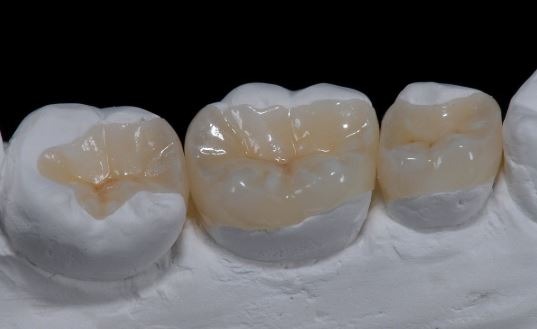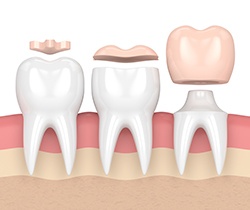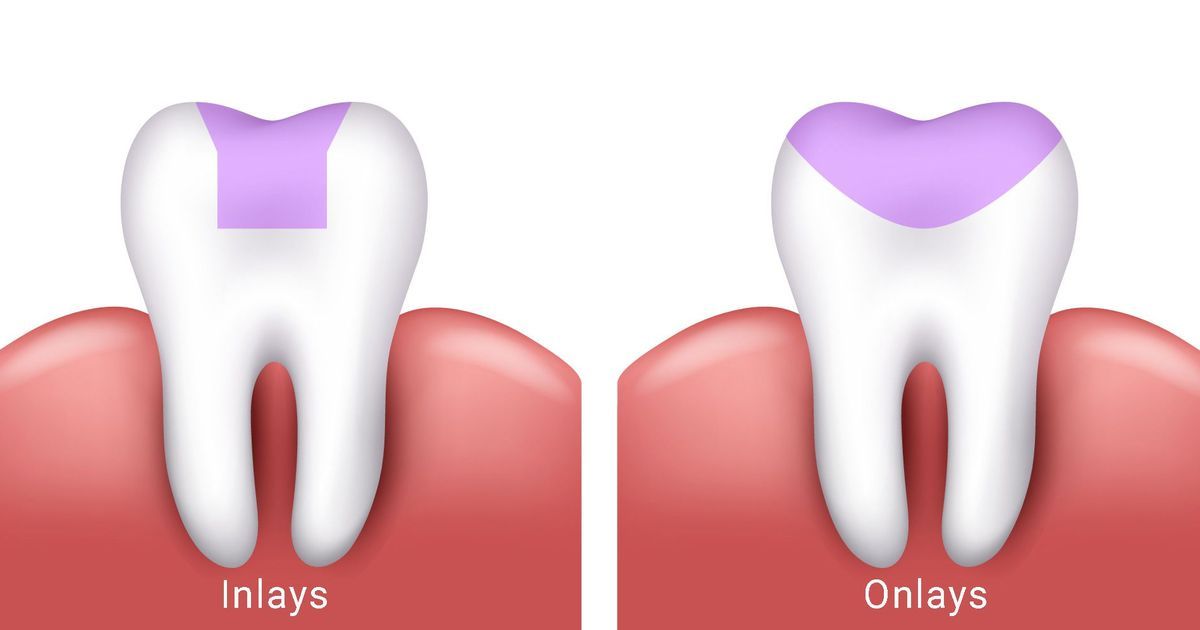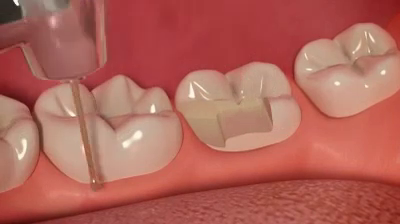






This cosmetic dentistry procedure is also known as indirect fillings, which are made by a dental laboratory. They are used when a tooth has mild to moderate decay or insufficient tooth structure to support a filling. Provided there is no damage to the tooth cusps, the inlay is placed directly onto the tooth surface. However, when the cusp or a more significant portion of the tooth is damaged, your dentist may use an onlay to cover the tooth's entire surface.
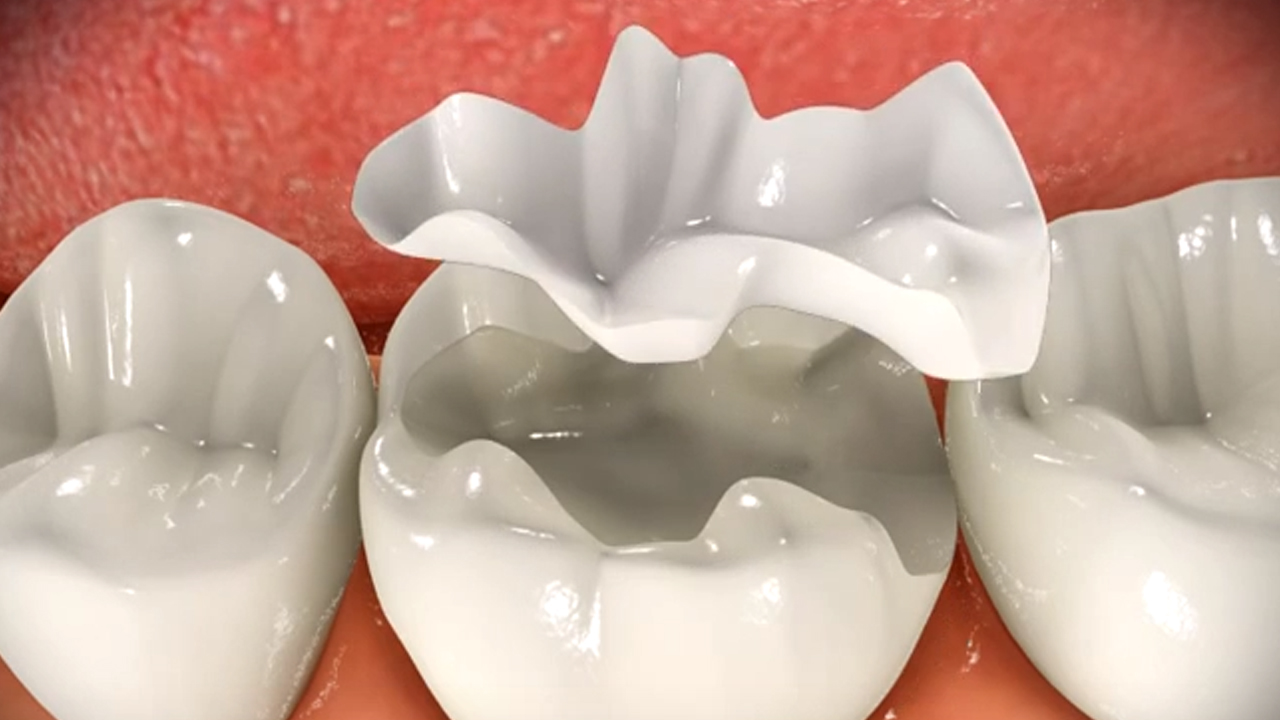
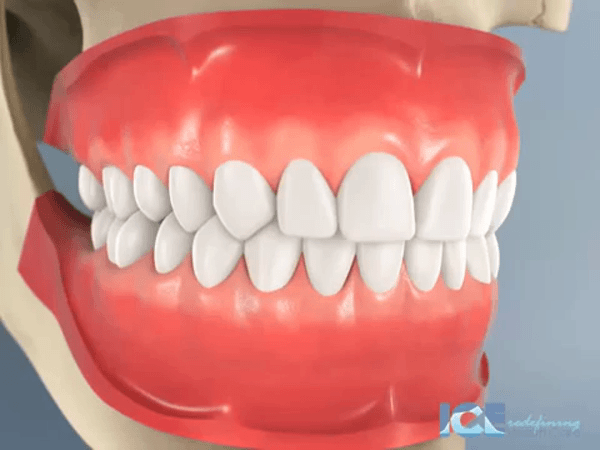
Inlays and onlays were once made of gold but typically are made in a dental laboratory from a composite of porcelain or ceramic material and attached to the teeth with adhesive dental cement. They provide support to strengthen teeth, restore their shape, and avoid any further decay or deterioration.
Inlays are molded and fitted into the chewing surface of a tooth that has been damaged through decay or injury. They are created using an imprint of the affected areas that are sent to a lab for manufacturing. An inlay will fit perfectly into the hollow of the tooth, but they do not affect the cusps. When the dentist takes the impression, they also attempt to best match the color of the tooth as closely as possible. This way when they are placed in the mouth they are not noticeable. The material used for an inlay can be either porcelain or a composite material that is stronger and more durable than traditional fillings. This makes inlays generally more expensive, but also longer lasting. A dentist chooses this option when a filling will not properly strengthen the surrounding tooth and the cavity requires stronger materials to fortify the tooth.
Onlays are used for decay and damage to the cusps of a tooth as well as the biting surface. A dentist will choose an onlay when a cavity is too big to fill with standard amalgam fillings, or that the tooth could crack due to weakness. An onlay will shore up the strength of the tooth along with protecting the decaying area. Unlike an inlay, this area can include the cusps as well as the space in between. The dentist prepares the tooth in a similar fashion to a filling, by drilling out the cavity and cleaning up the area after placing a numbing anesthetic in the mouth. A temporary onlay is then placed over cavity, and the impression is sent for a permanent onlay to be manufactured. It is then placed in the mouth when it arrives. With an onlay, the tooth structure is preserved, whereas with a crown some filing and even removal of cusps may be necessary. They are also made of porcelain or a composite material. Onlays are also called “partial crowns” because they serve a similar function but they only cover a portion of the tooth, as opposed to the entire thing.
